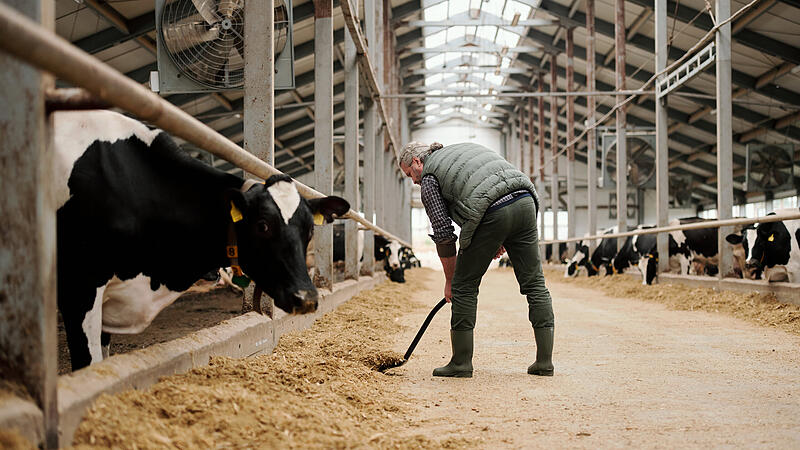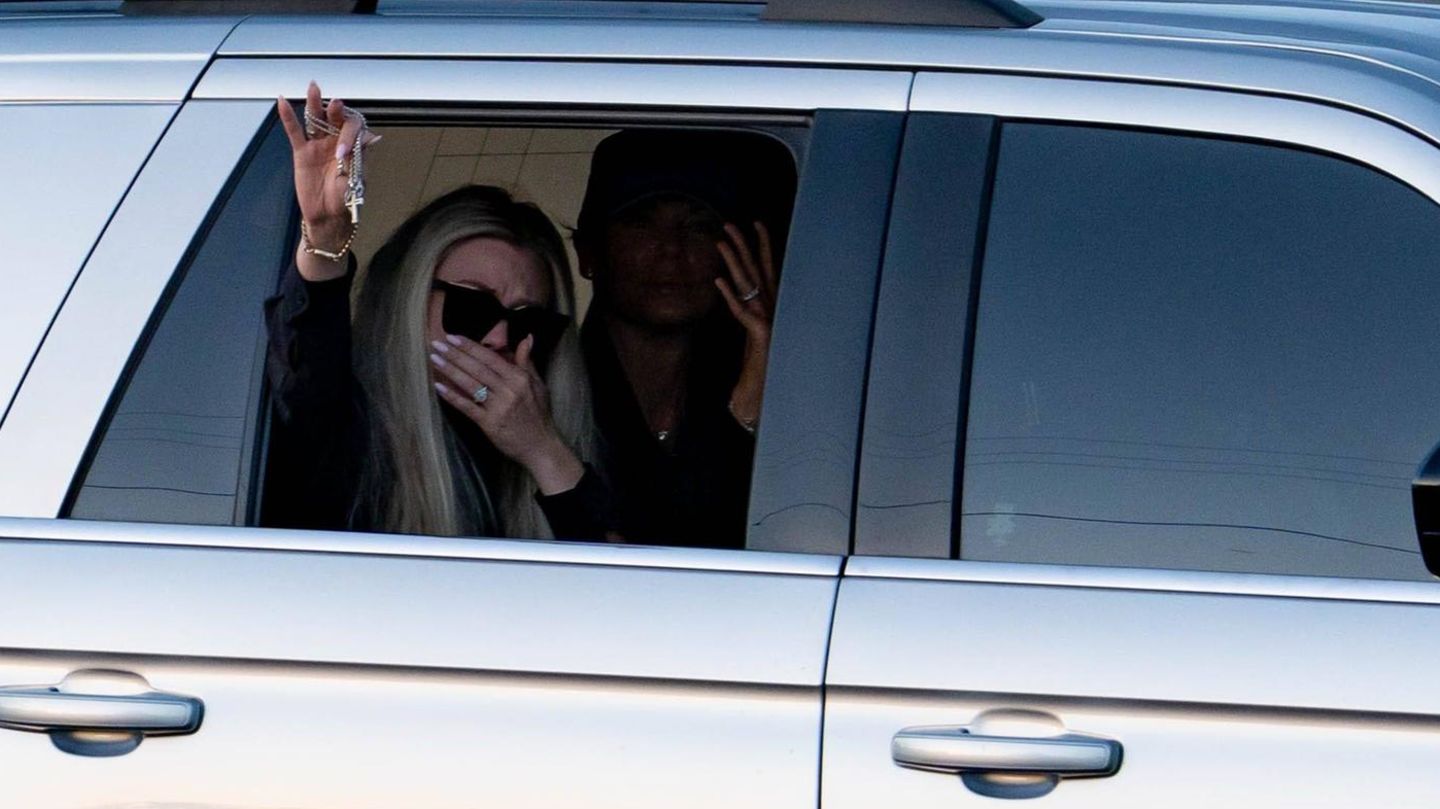Image: cbx
In addition to the origin, the aim is to make the farming method and quality visible in the future, said Austrian Chamber of Agriculture President Josef Moosbrugger. In recent years, many private animal welfare seals have been created that are used by supermarket chains and food producers.
The aim is to create a better choice for consumers, to win them over to greater animal welfare and to achieve a better livelihood for local farming families, says Moosbrugger. However, the President of the Chamber of Agriculture pointed out that “there is not yet a finished concept”.
- Also read: “There has to be a change in pig farming” (OÖNplus)
Suggestion: 5-step system
The agricultural industry representatives want AMA Marketing to provide a “well-thought-out, certified and independently controlled system of quality levels for animal products”. Comprehensibility for consumers is also important. Animal husbandry should be classified in a 5-level system from the legal minimum standard to organic. Animal feeding, freedom from genetic engineering and biodiversity measures should also be taken into account as part of the quality level system.
- Also read: Totschnig: “The government has helped everyone, why should farmers come away empty-handed?” (OÖNplus)
AMA marketing boss Christina Mutenthaler-Sipek welcomes the proposals from the Chamber of Agriculture and animal husbandry associations. Mutenthaler-Sipek said they will soon start talking to agriculture, food producers, supermarket chains and NGOs and work on a joint proposal by the summer. “Only sustainable industry solutions offer cost efficiency for everyone involved and create a simple, practical system for companies and consumers.” The Ministry of Social Affairs also welcomed agriculture’s initiative in a press release. The AMA marketing boss cited Germany as a positive example. There is a voluntary husbandry label that helps, among other things, to classify and classify different animal welfare labels.
Comprehensive regulation of origin
In Austria, of the 4.3 million pigs slaughtered last year, around 2 million had the officially recognized AMA seal of quality. Of the 13.7 million chicken fattening places in this country, around 12 million were under the AMA quality seal program in 2023. For fresh beef, the proportion was 43 percent. According to AMA Marketing, meat may only bear a red-white-red AMA symbol if the animals were born, fattened, slaughtered and cut up in Austria. This comprehensive regulation of origin also applies to milk and milk products such as cheese or yoghurt.
Criticism especially of feeding and animal welfare
In the past, environmental and animal rights activists have criticized the AMA seal of quality, particularly the issue of feeding and animal welfare. “Genetically modified feed imported from overseas is permitted in pig and cattle fattening and is also frequently used,” writes Greenpeace in its quality seal guide. “Animal protection standards rarely go significantly beyond the legal requirements when it comes to basic requirements. However, there are voluntary additional modules,” say the environmentalists about the AMA seal of quality. The AMA organic seal, however, classifies Greenpeace as “very trustworthy”.
- From the archive: AMA released first food transparency report
In 2022, scandalous conditions in a Styrian chicken farm and grievances in a pig farm in Carinthia and Lower Austria caused a stir. The AMA Marketing then blocked the companies from its seal of approval and spoke of “selective misconduct”. Animal rights activists and Rewe Austria (including Billa, Penny) called for stricter AMA controls. AMA Marketing increased the number of annual inspections. Animal rights activists in Austria have long criticized the keeping of pigs on slatted concrete floors without bedding. At the beginning of the year, the Constitutional Court (VfGH) lifted the transition period until 2040 for the ban on fully slatted floors in pig farming. Lawmakers were given until June 2025 to fix the regulation. The Chamber of Agriculture wants to put its own proposal on the table soon.
Demand for cost-covering compensation for the higher production standards
Agriculture has long been demanding cost-covering compensation for higher production standards. “If our trading partners and quality-conscious groups in society are really serious about greater animal welfare, we need a concrete plan with clear future prospects for our animal-keeping businesses,” says Austrian Chamber of Agriculture boss Moosbrugger. Investments in animal welfare stables would have to be paid off over several years to decades. “On the other hand, constantly wanting to increase national production standards without accompanying measures only leads to unfair competition, closing farms and cheap imports of those standards that are then banned in Austria,” warned the farmer’s representative.
more from economics




